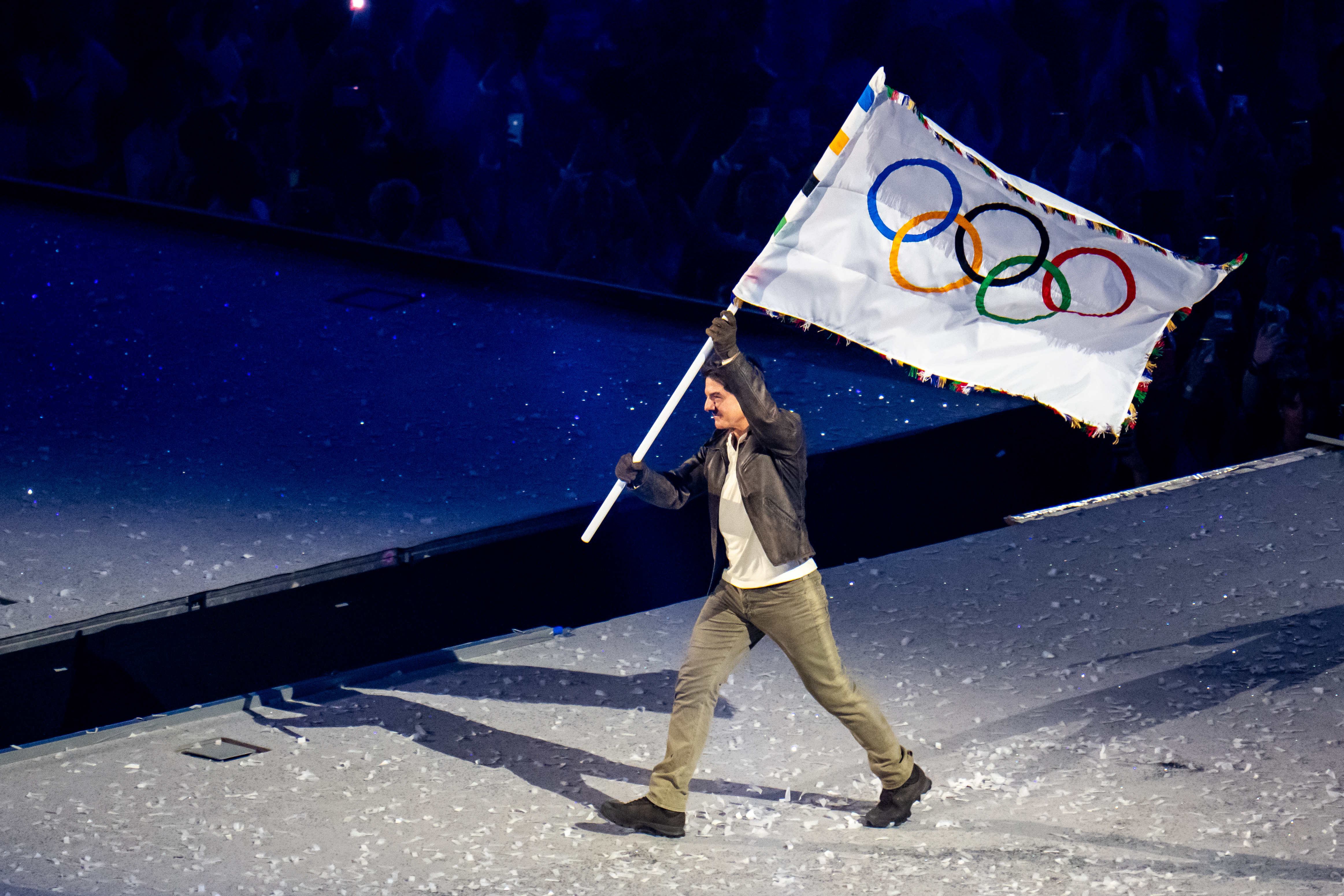About 260 Omega employees are working at this year’s Paralympics. Each worker is guided by one principle, according to chief executive officer Alain Zobrist.
“Once you hit the enter key,” he said, “you can’t go back.”
Omega has been an official partner of the Olympics since 1932, and with the Paralympics since Barcelona 1992. The Swiss watchmaker is currently a top-tier partner.
The trip to every new host city brings about a push for new advancements to its timekeeping systems.
The Hurricane season is on. Our meteorologists are ready. Sign up for the NBC 6 Weather newsletter to get the latest forecast in your inbox.
Paris 2024 has seen the debut of new photo finish cameras, capable of shooting 40,000 frames per second. Omega also brought sensors for the starting line that can record reaction time feedback every quarter of a millisecond.
The features were implemented for both Summer Games, Olympic and Paralympic, but some additions are exclusive to the Paralympics. Zobrist and Omega have given a couple of tours and demonstrations to journalists at arenas to display how their equipment operates.
Paris 2024 Summer Olympics and Paralympics
Watch all the action from the Paris Olympic and Paralympic Games live on Peacock
“We have photocells that are installed closer to the ground to capture wheelchairs,” Zobrist said Monday, standing on the field of play of the Stade de France. “Additionally, flashlights can be put on the starting blocks that are in-time with the sound of the starting gun.”
Timing is also very standardized. The front torso denotes the winner in standing events, and the front part of the wheel is what is used for wheelchair events.
The torso measurement became a talking point during the Olympics, when many fans questioned who actually won the men’s 100-meter final, Noah Lyles or Kishane Thompson. Lyles’ front torso crossed the line first, giving him the gold medal.
“There was no controversy,” Zobrist said. “Everything is laid out perfectly.”
Nonetheless, Omega and the International Paralympic Committee allow for a 30-minute period for filing a protest after track and field events.
“It is the only way to keep everything fair,” Zobrist said.
Timing and scoring are the focal points of Omega’s role in the Games, but they do a multitude of other assignments at every venue and event.
If a television broadcast is showing a live display of the gap between competitors, Omega is supplying those graphics. They are also responsible for feeding data and statistics to viewers around the world watching at home.
“Our staff are mostly engineers that have a focus on accuracy and attention to detail,” Zobrist said. “It’s great to work alongside such a great group.”




